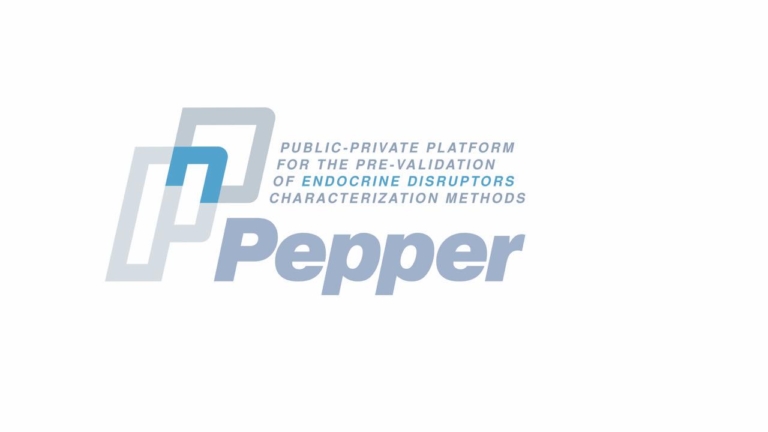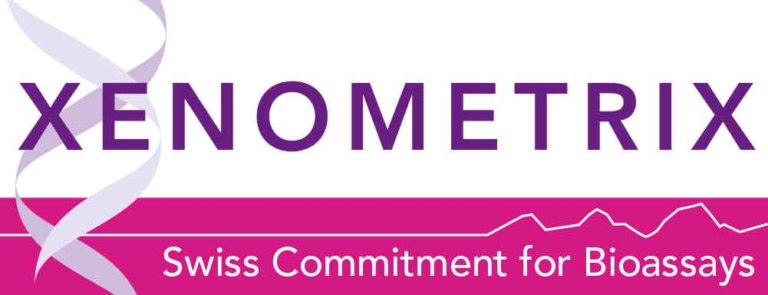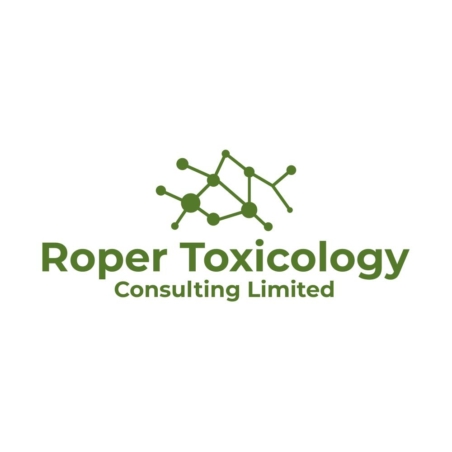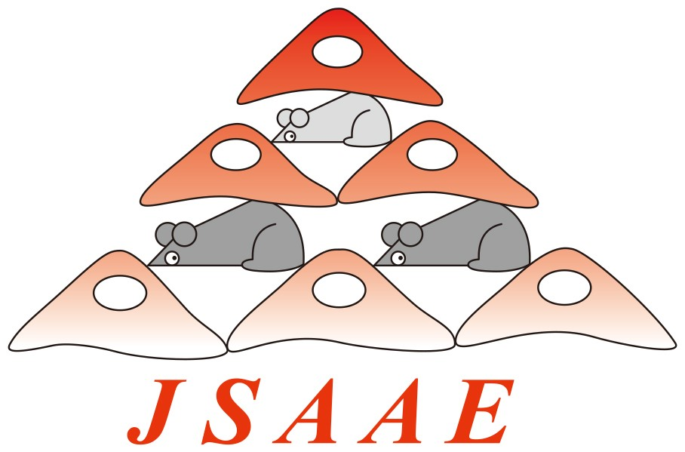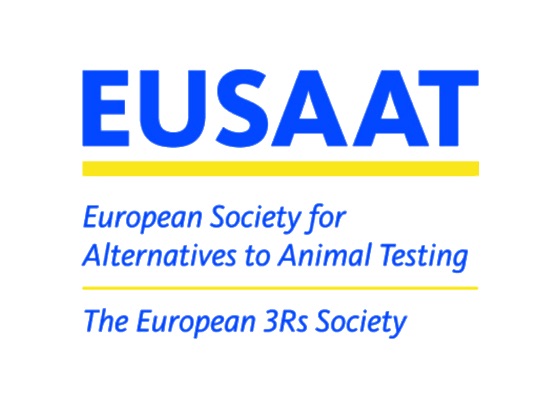Thursday, October 21, 2021
11:00 AM ET – 12:00 PM ET / 17:00 – 18:00 CET
Presenters:
Costanza Rovida, PhD, CAAT-Europe/Konstanz University
Jean Knight, White Rabbit Beauty
Register Here: https://us06web.zoom.us/webinar/register/WN_8JIfUrCjThivUf2RJmzQRA
EU REACH Regulation, EU Cosmetic Regulation, and new animal tests on cosmetic ingredients
Presenters: Costanza Rovida, PhD, CAAT-Europe/Konstanz University and Jean Knight, White Rabbit Beauty
EU Regulations are legislative acts that are immediately implemented in all 27 member states of the European Union. REACH is the most important regulation in the chemical area, requiring all manufacturers and importers of chemicals in quantities above 1 ton/year to register the substances. The registration includes a detailed risk assessment, often based on new animal testing. Cosmetic ingredients are chemical substances that need full REACH registration. In addition to that, cosmetic ingredients are governed by the EU’s Cosmetic Regulation, which is focused on the protection of consumers when using cosmetics. Since 2009 for some endpoints and 2013 as a general rule, the Cosmetic Regulation has banned new in vivo tests of both finished cosmetics and cosmetic ingredients. This important ban has caused consumers to believe that EU cosmetics are not tested on animals. In a recent study, we demonstrated that this is not fully true, as many cosmetic ingredients are being tested in vivo for REACH purposes (https://doi.org/10.14573/altex.2104221).
During the presentation we will describe both regulations and we will guide participants through the database of the European Chemical Agency (ECHA) where all the studies performed for registering chemical substances are stored. We will also explain the conflict between the two regulations regarding the possibility to test cosmetic ingredients on animals, by presenting the results of our analysis. Among the in new in vivo tests performed on cosmetic ingredients, some were necessary for REACH compliance, but others should have been avoided. The future is not bright with many more new tests asked by the authority to the registrants.

 The ESTIV Members Area
The ESTIV Members Area









